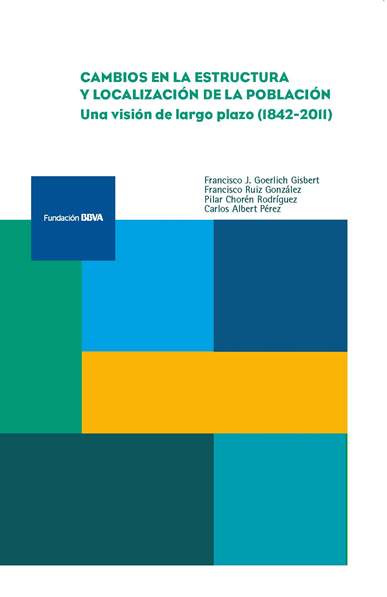
PublicationMonographs
Cambios en la estructura y localización de la población
Una visión de largo plazo (1842-2011)
The 2001-2011 intercensal period witnessed the largest population spurt in the history of Spain, both in absolute terms, with some six million additional inhabitants, and relatively, with a growth rate of 14.6%. This demographic boom was unevenly distributed. The number of foreign residents more than tripled after an increase of 3.7 million, ahead of the 2.3 million increase recorded for Spanish nationals.
Despite there being few municipal boundary changes – eight detachments in all – between the 2001 and 2011 census, the far-reaching methodological changes introduced by the 2011 Population and Housing Census, allied with recent population dynamics involving huge changes in very short periods, required the updating of central elements of previous studies which, starting from the 1900 census, used 2011 as a baseline year for studying the geographical distribution of the Spanish population.
The book charts the most relevant trends in population size, distribution and key characteristics, starting, in some cases, from halfway through the 19th century, when municipalities were first included in the census.
The present volume enlarges and improves on the results set out in the two previous books: La localización de la población española sobre el territorio. Un siglo de cambios: un estudio basado en series homogéneas (1900-2001) and Actividad y territorio: un siglo de cambios. With this update of standard population series, scholars and society at large gain access to a detailed data bank offering new opportunities to analyze and better understand the fundamental aspects of the territorial distribution of activity.
